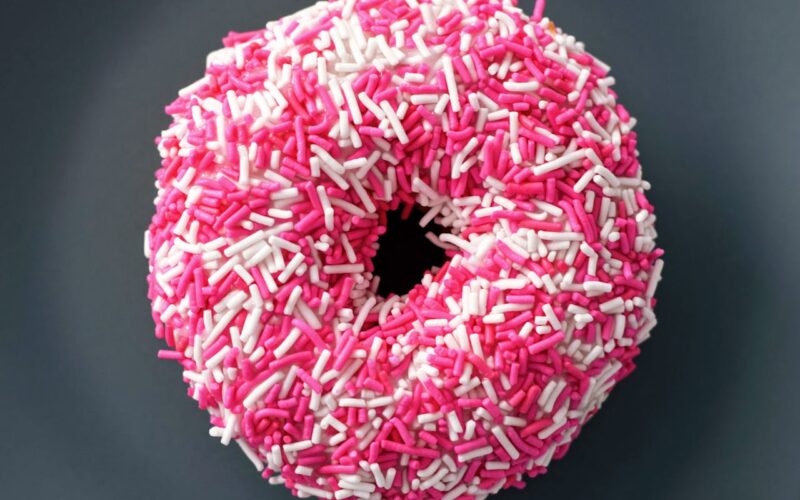Have you ever found yourself daydreaming about chocolate in the middle of a meeting or craving salty chips at midnight? You’re not alone! Our bodies often send us powerful signals that can be hard to ignore. But what’s really going on when we get these cravings? Join us as we dive into the science of cravings with a humorous twist, and discover how to satisfy them healthily.
The Science Behind Cravings
First, let’s break down the basics. Cravings are intense desires for specific foods, often driven by our body’s nutritional needs, hormonal changes, or even emotional states. Here’s a quick rundown:
- Nutritional Deficiencies: Sometimes, cravings are our body’s way of signaling a lack of certain nutrients. For example, craving red meat might indicate a need for iron.
- Hormonal Changes: Hormones, particularly during menstrual cycles, pregnancy, or stress, can cause fluctuations in appetite and cravings.
- Emotional Eating: Stress, boredom, or sadness can trigger cravings for comfort foods, which are often high in sugar and fat.
Decoding Common Cravings
Sweet Cravings:
- What It Means: Your body might be asking for a quick energy boost, or you might be low on serotonin, the feel-good hormone.
- Healthy Fix: Instead of reaching for candy, try fruit like berries or a piece of dark chocolate. Both satisfy the sweet tooth while offering nutrients and antioxidants.
Salty Cravings:
- What It Means: This could indicate dehydration or a need for electrolytes, especially after exercise.
- Healthy Fix: Opt for nuts or seeds with a light sprinkle of sea salt. They provide the crunch and saltiness without the unhealthy fats and excess sodium found in chips.
Carb Cravings:
- What It Means: You might need a serotonin boost, or your body could be seeking comfort during stress.
- Healthy Fix: Whole grains like quinoa or oats can satisfy carb cravings while providing fiber and sustained energy.
Chocolate Cravings:
- What It Means: This could be a sign of magnesium deficiency or simply a need for a mood lift.
- Healthy Fix: Choose dark chocolate with at least 70% cocoa. It’s rich in antioxidants and lower in sugar than milk chocolate.
Fatty Food Cravings:
- What It Means: Your body might be signaling a need for essential fatty acids.
- Healthy Fix: Avocado, nuts, and olive oil are healthy sources of fat that can curb cravings and provide essential nutrients.
The Gut-Brain Connection
The gut and brain are in constant communication through the gut-brain axis, a complex network involving the central nervous system and the gastrointestinal tract. This connection plays a significant role in our cravings. Here’s how:
- Gut Microbiota: The bacteria in our gut can influence our cravings by producing chemicals that affect our brain. For example, certain bacteria can increase sugar cravings by releasing dopamine, the pleasure hormone.
- Hormones: Hormones like ghrelin (hunger hormone) and leptin (satiety hormone) are regulated by the gut and can drive our desire for specific foods.
- Stress Response: When we’re stressed, our body releases cortisol, which can increase cravings for high-fat and high-sugar foods as a quick energy source.
Tips to Tame Your Cravings
- Stay Hydrated:
- Often, thirst is mistaken for hunger. Drink plenty of water throughout the day to keep dehydration-related cravings at bay.
- Eat Balanced Meals:
- Ensure your meals include a balance of protein, healthy fats, and fiber. This combination helps keep you full and satisfied, reducing the likelihood of cravings.
- Get Enough Sleep:
- Lack of sleep can disrupt hormones like ghrelin and leptin, increasing cravings. Aim for 7-9 hours of quality sleep per night.
- Manage Stress:
- Engage in stress-reducing activities like yoga, meditation, or even a good laugh with friends. Lowering stress levels can help reduce emotional eating.
- Keep Healthy Snacks Handy:
- Stock your pantry and fridge with healthy snacks like nuts, fruits, and whole grains. When cravings strike, you’ll have nutritious options within reach.
Embrace Your Cravings (With a Smile)
Cravings are a normal part of life and listening to them doesn’t have to derail your healthy eating goals. By understanding what your body is really asking for and finding healthy ways to satisfy those urges, you can maintain balance and even enjoy your cravings. Remember, it’s okay to indulge occasionally – just do so mindfully.
So, next time a craving hits, don’t stress. Take a moment to decode what your body is telling you, find a healthy way to satisfy it, and maybe even share a laugh at the quirks of your gut-brain connection. After all, we’re all in this deliciously complicated dance with our cravings together. Happy snacking!

